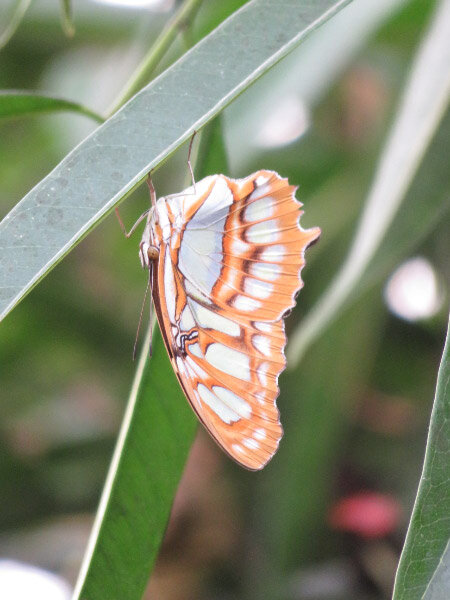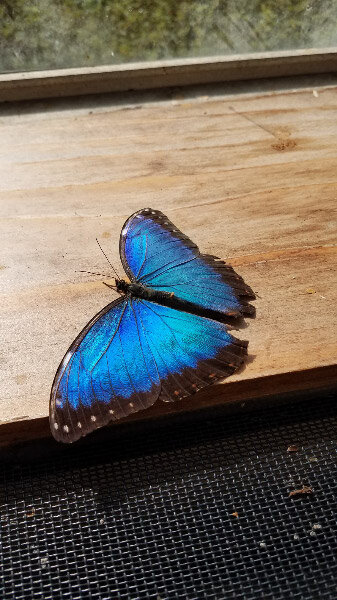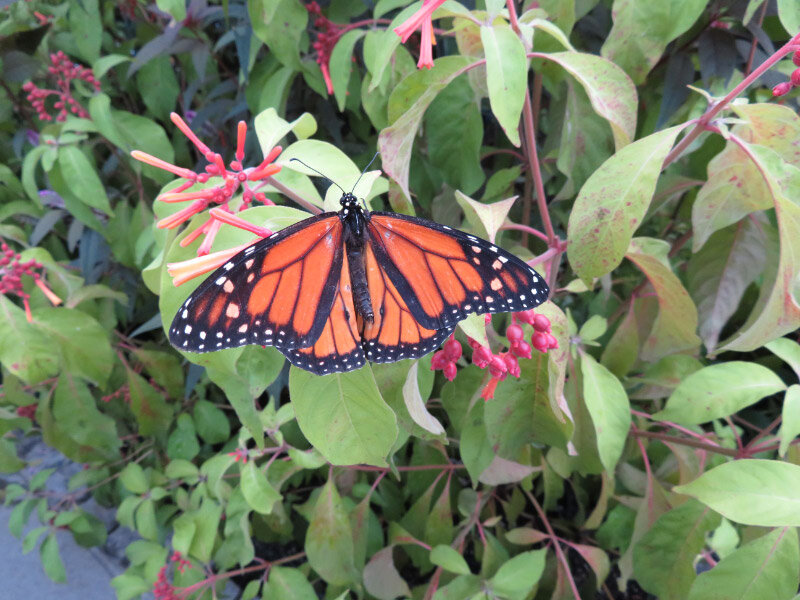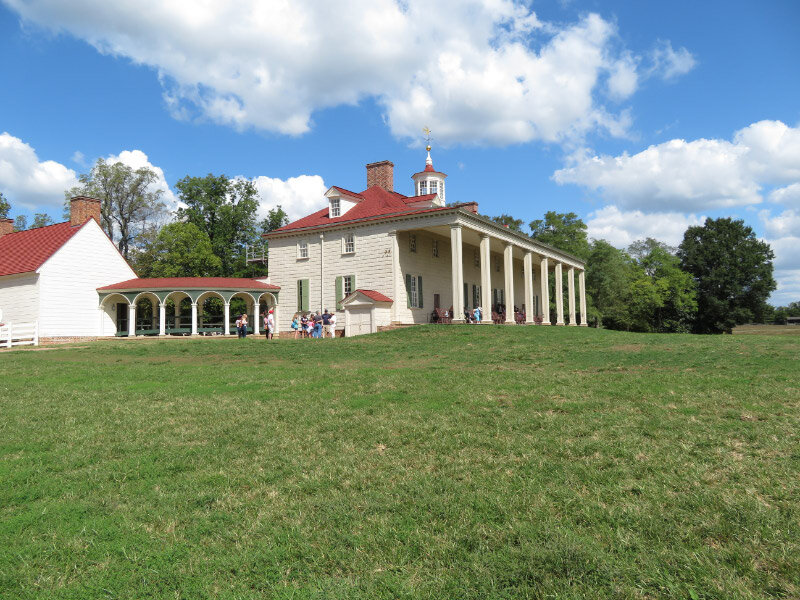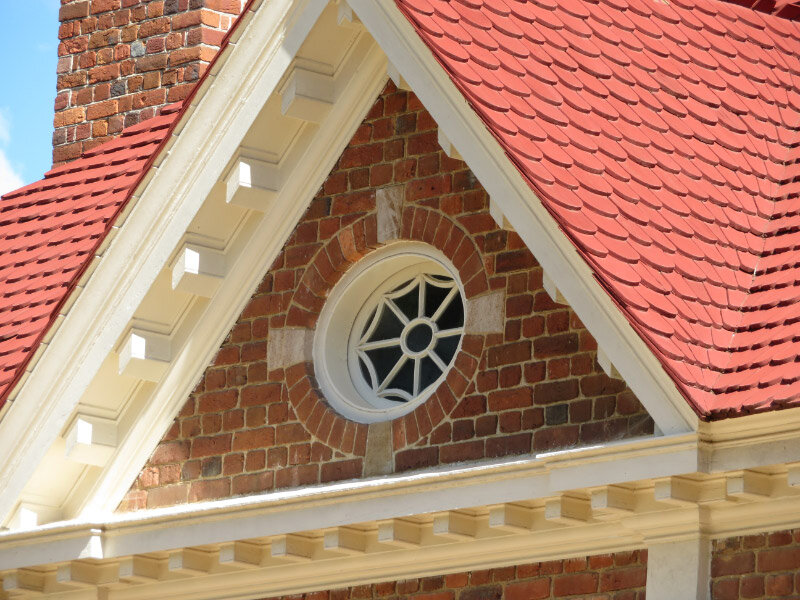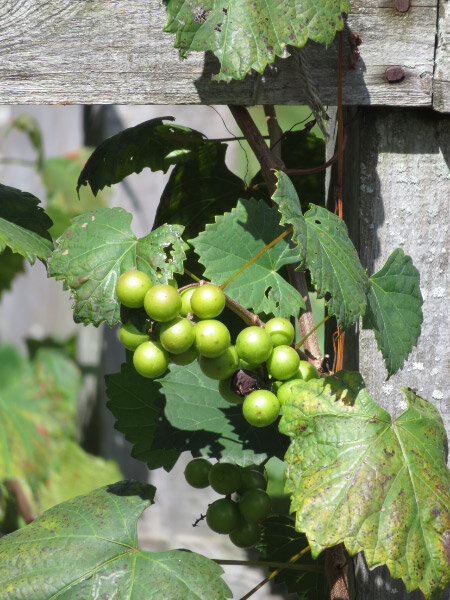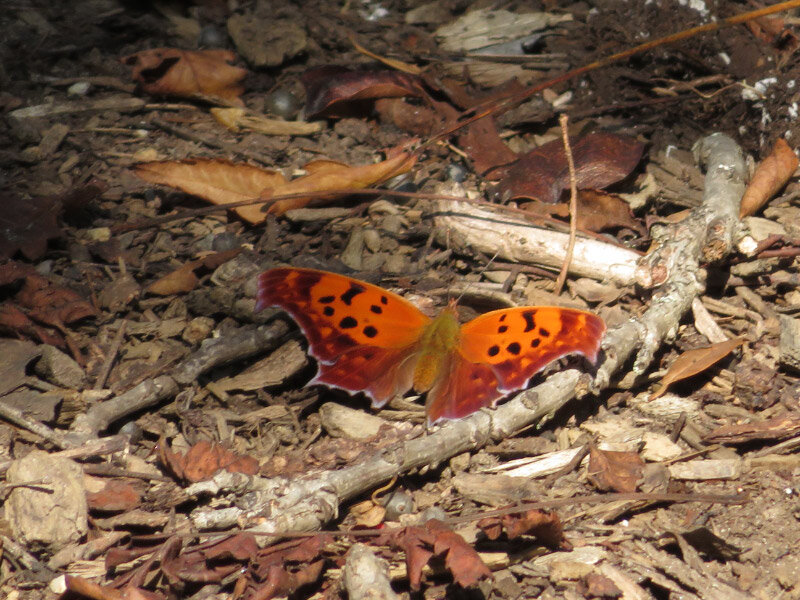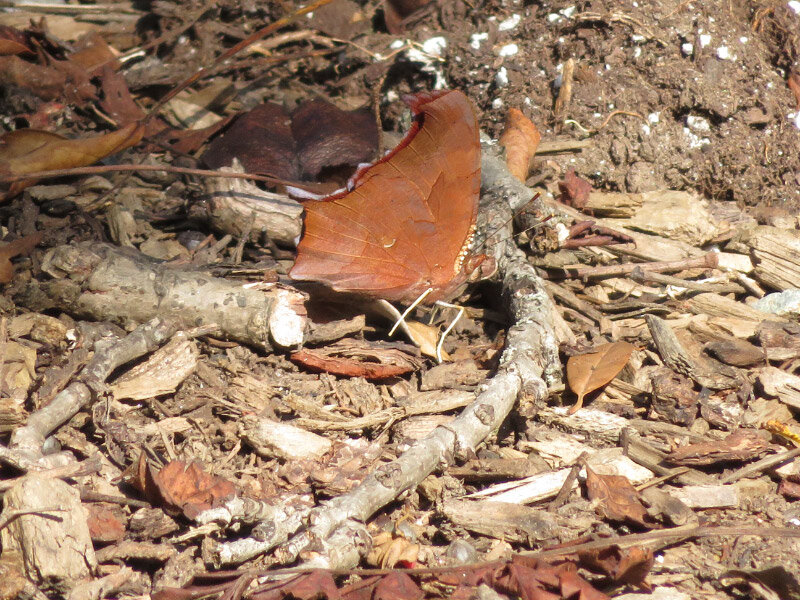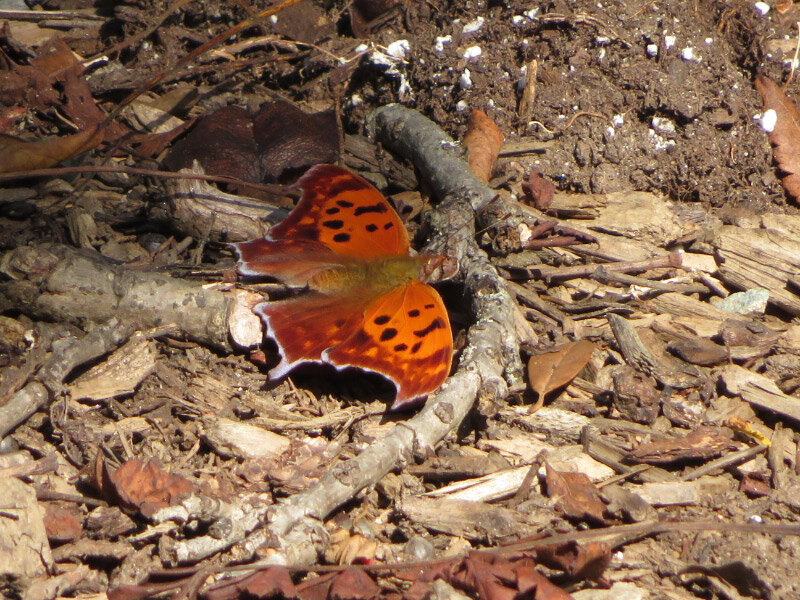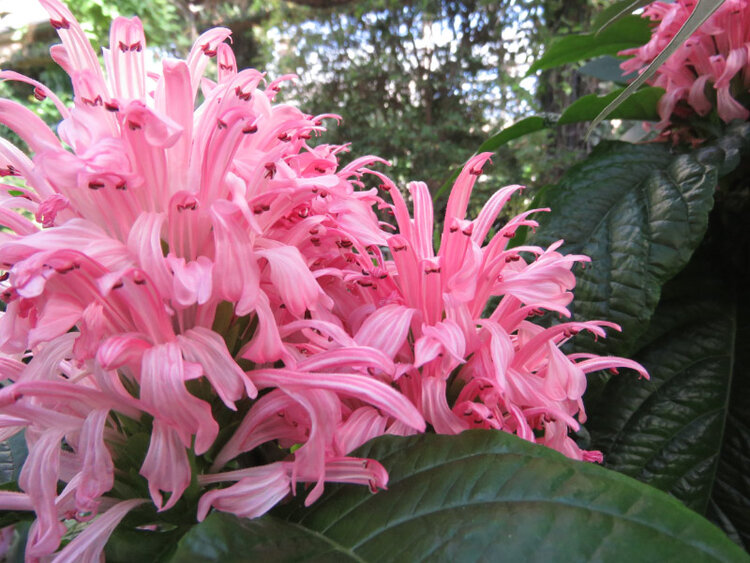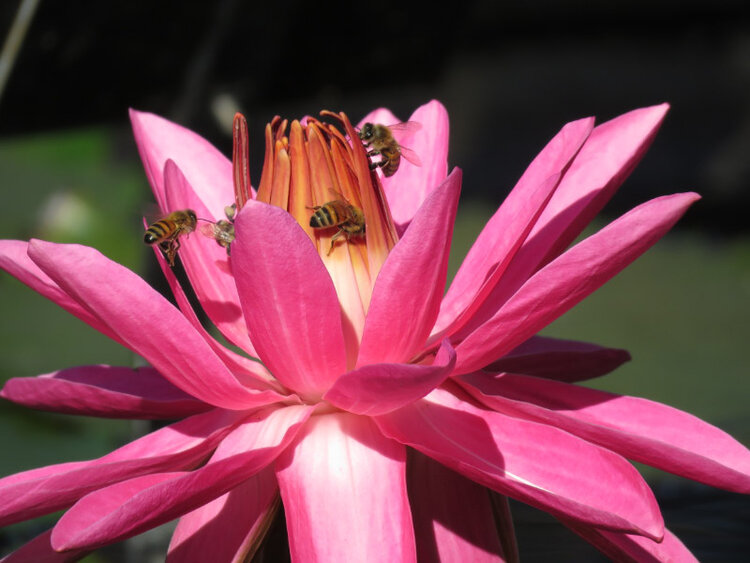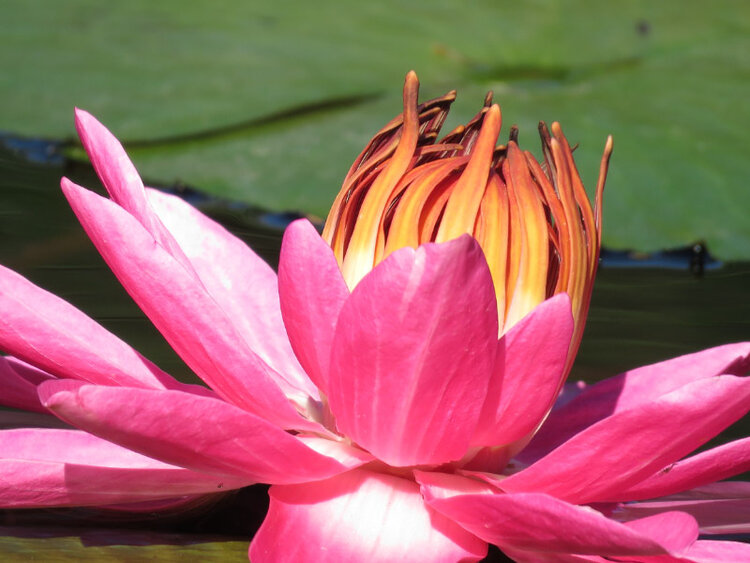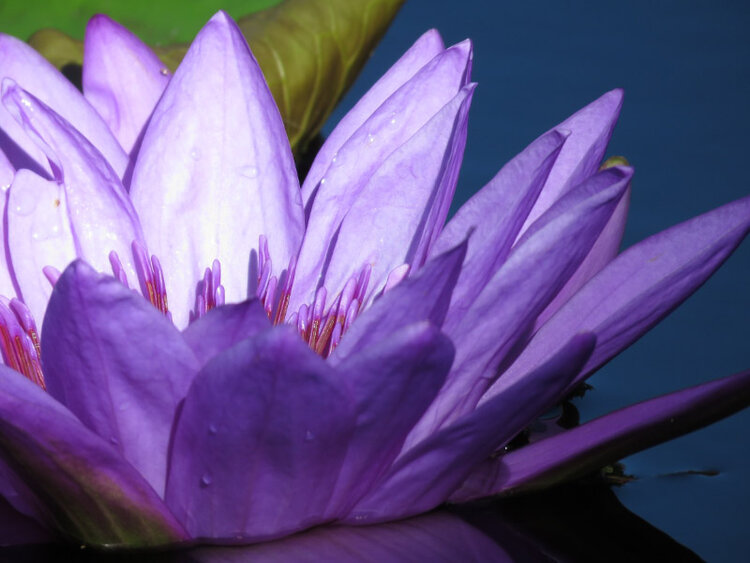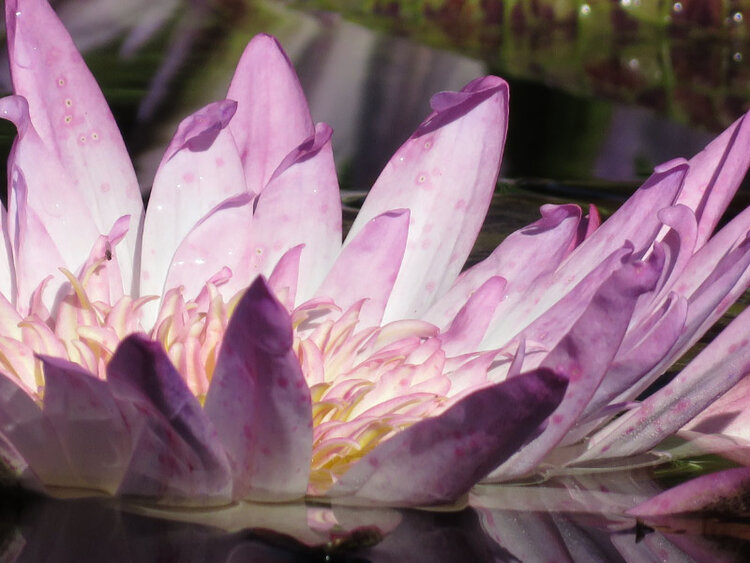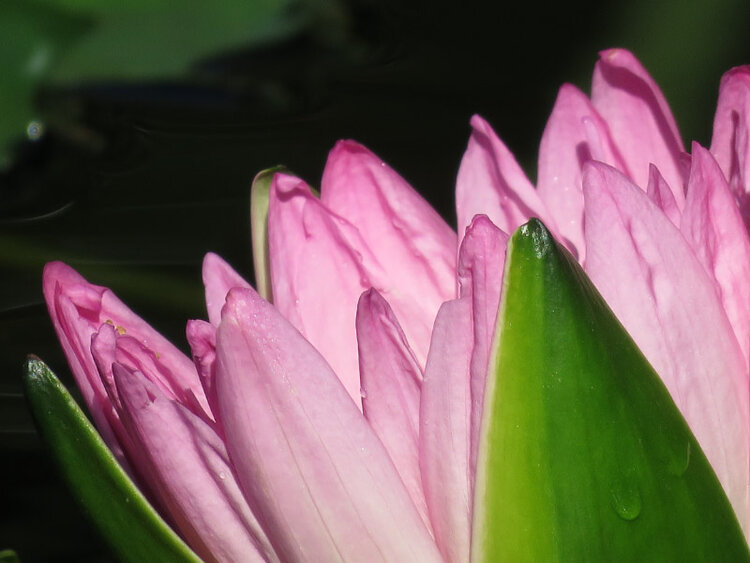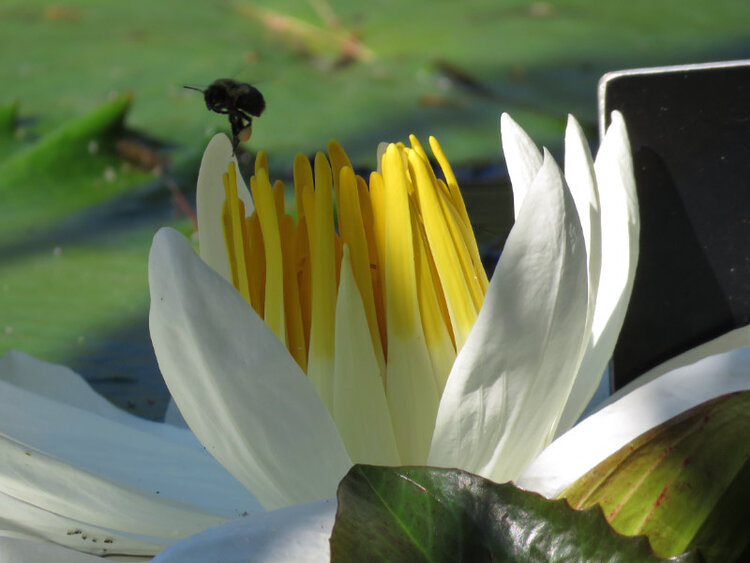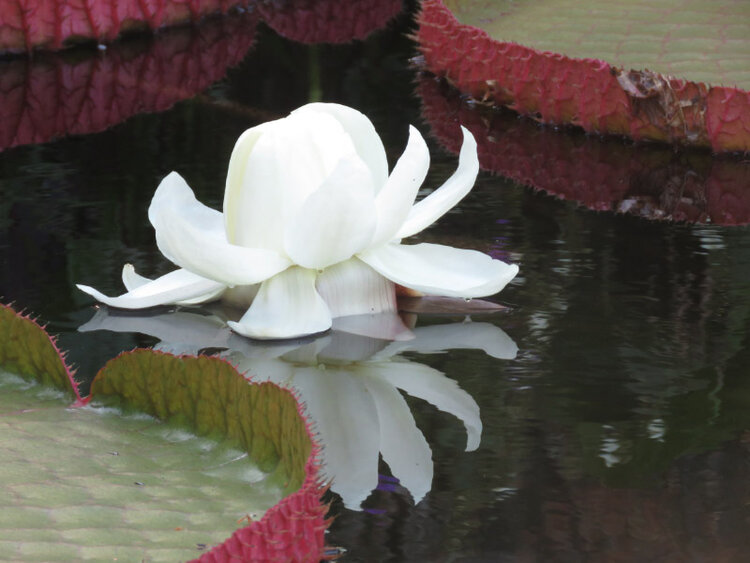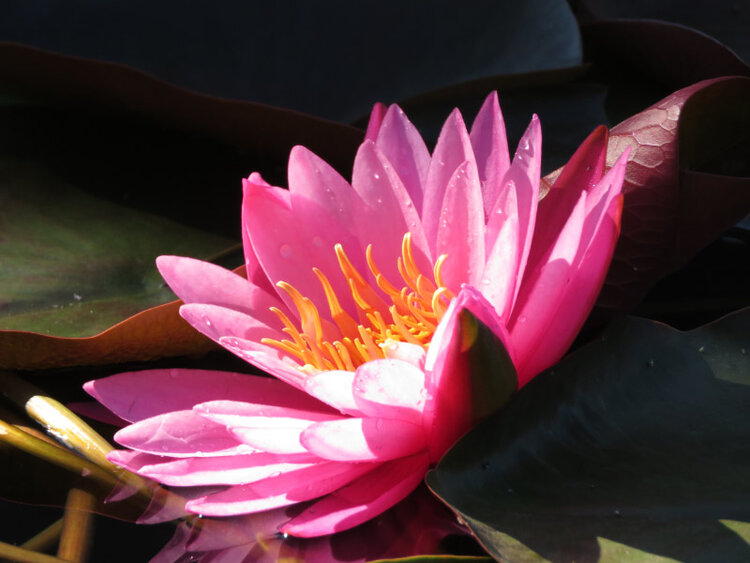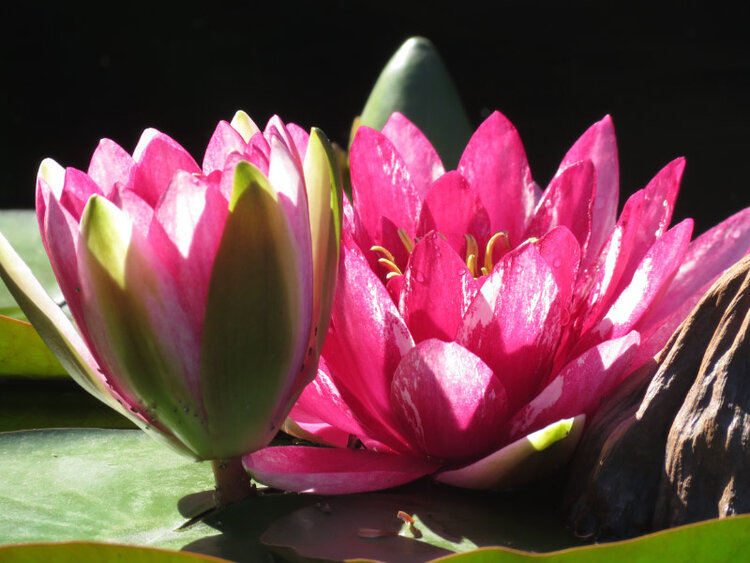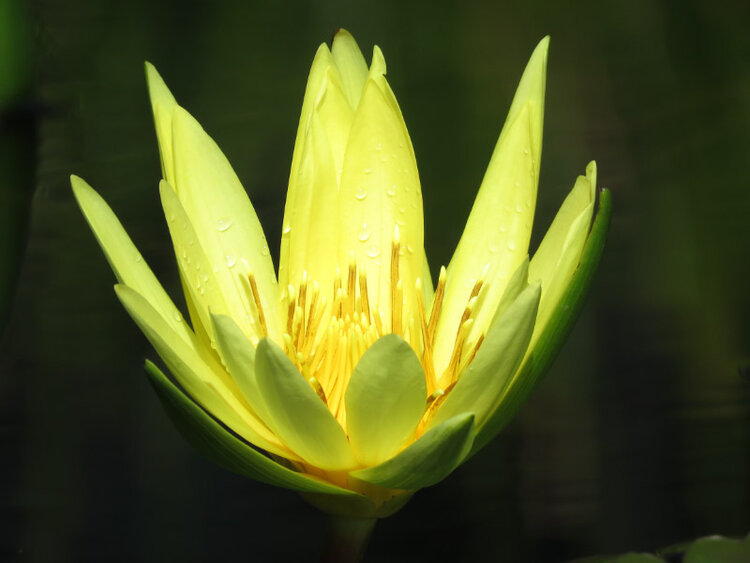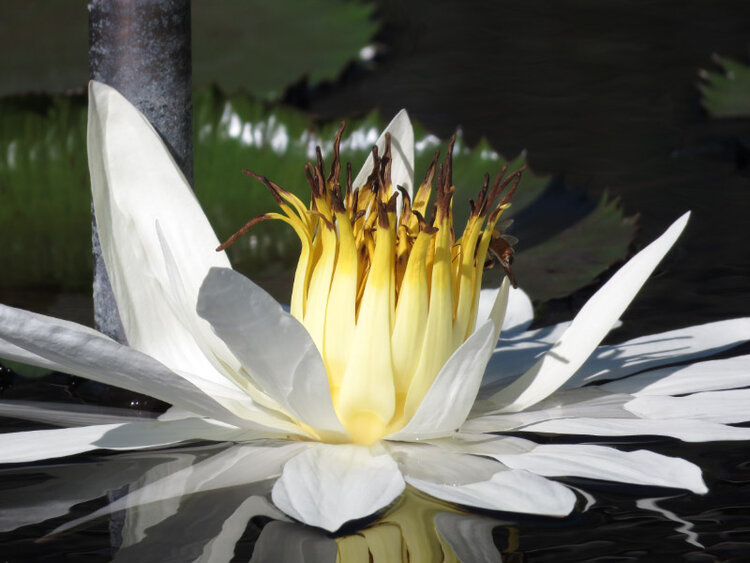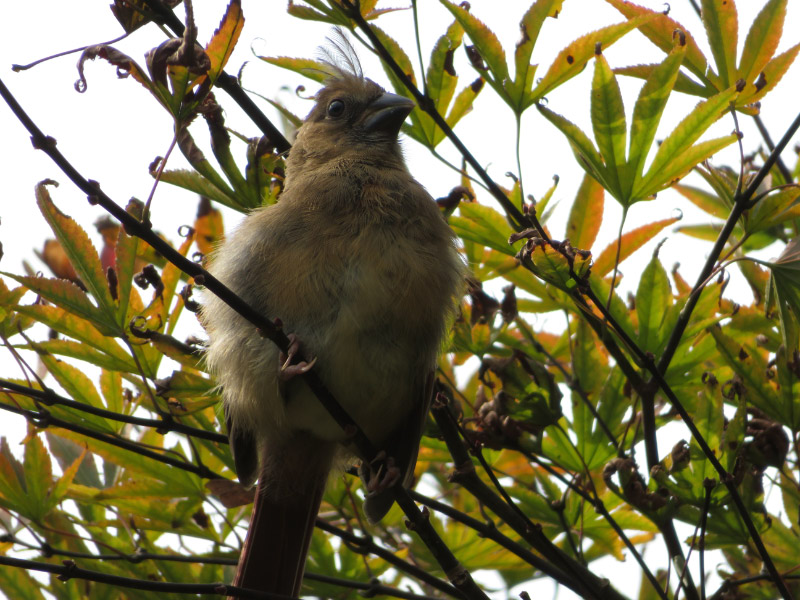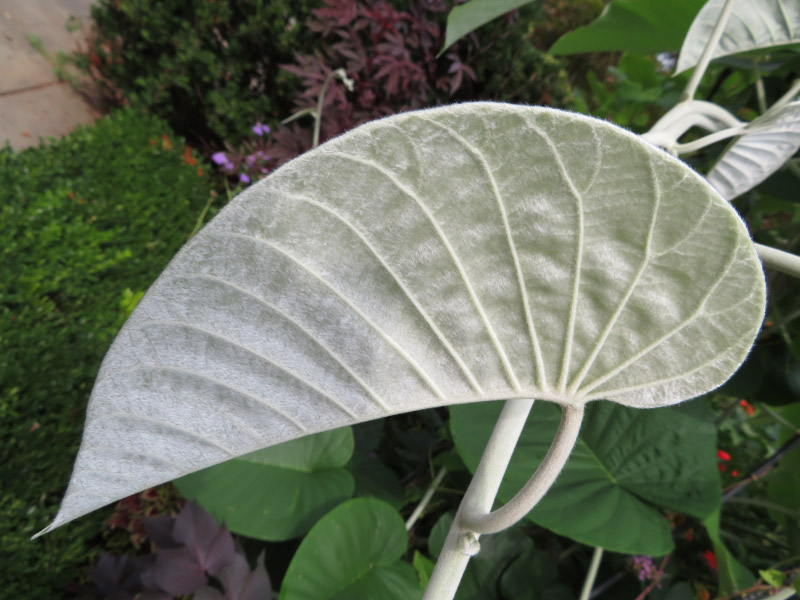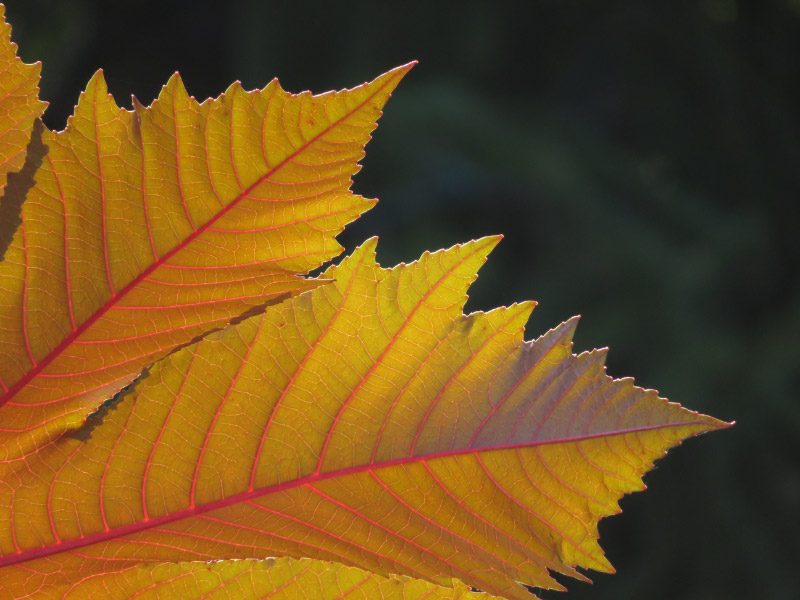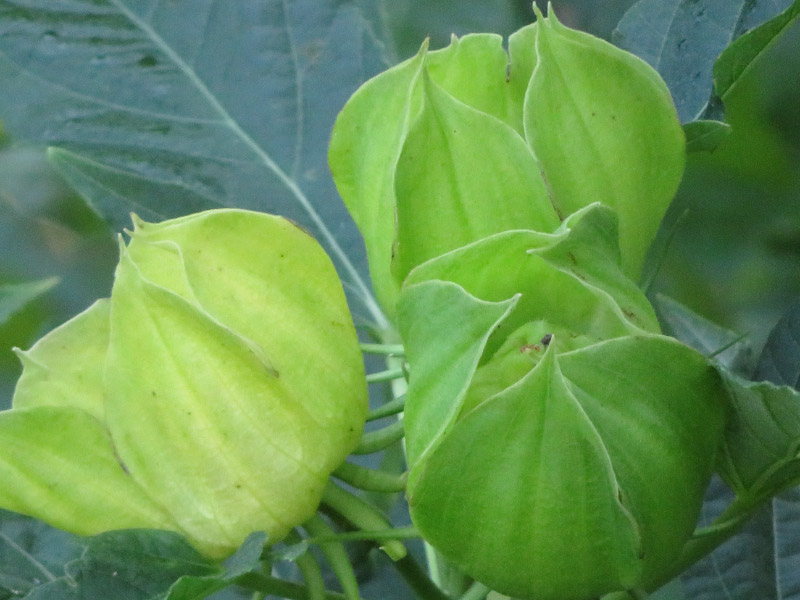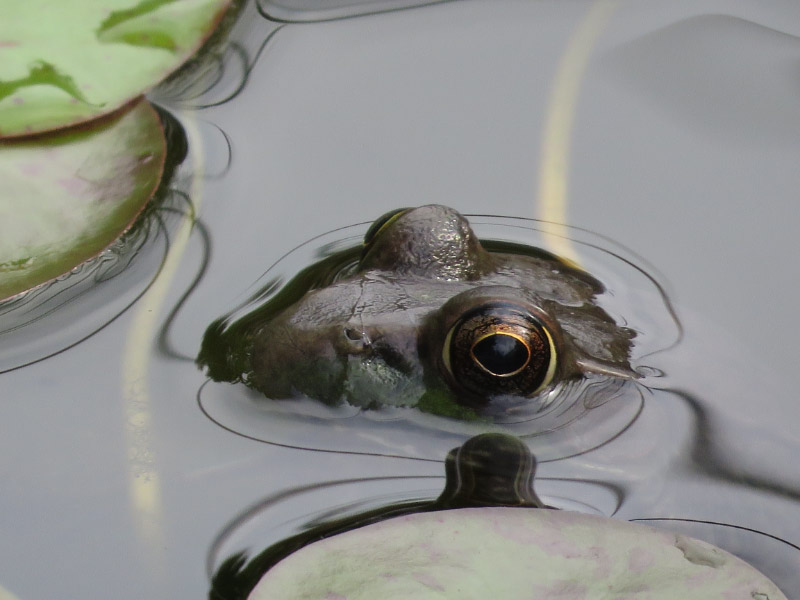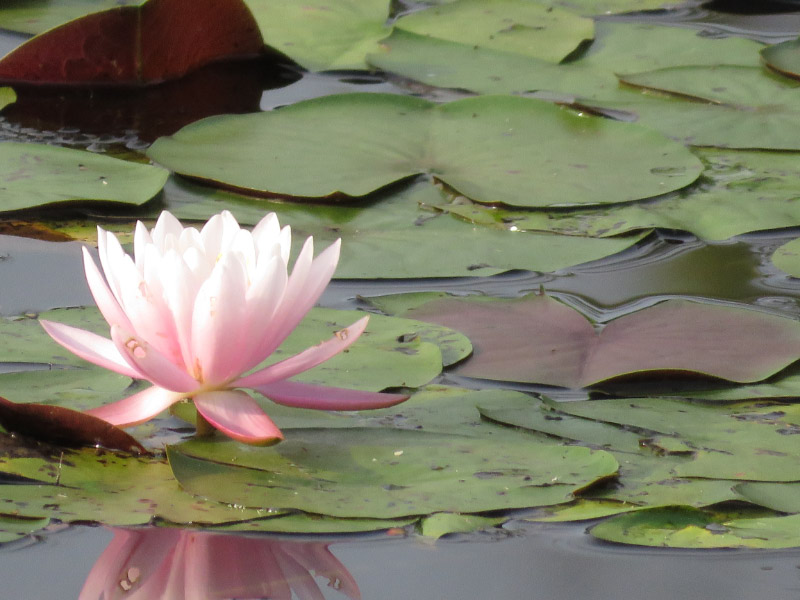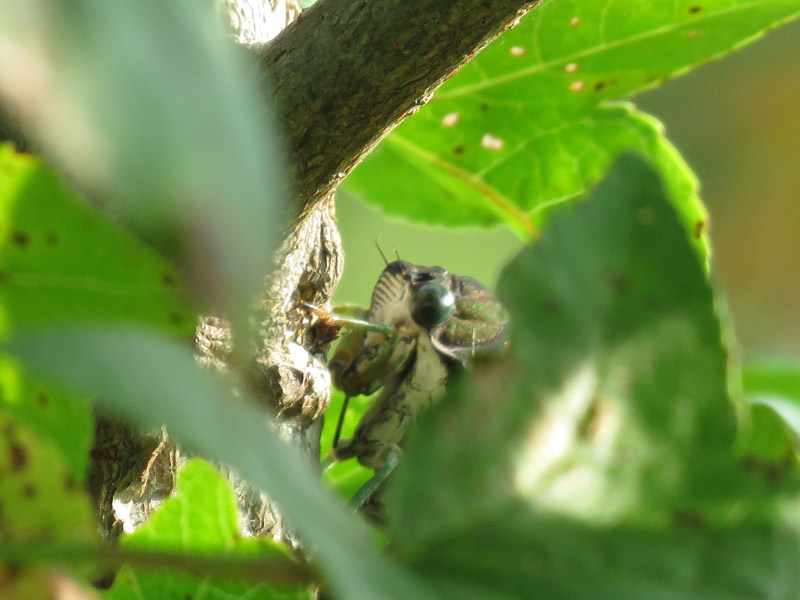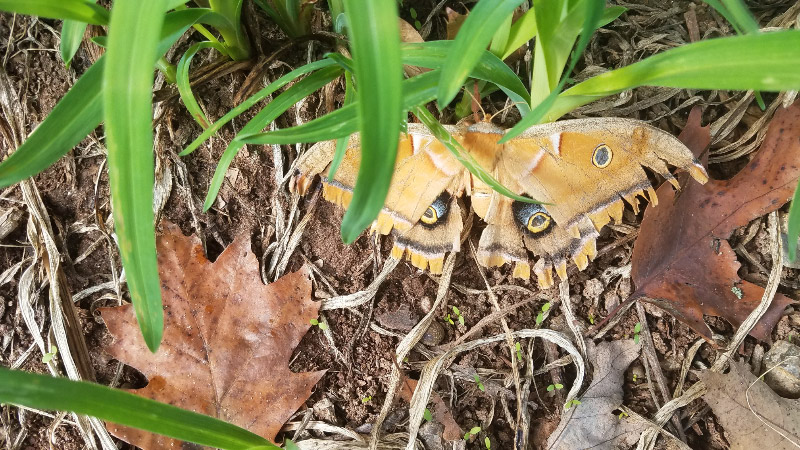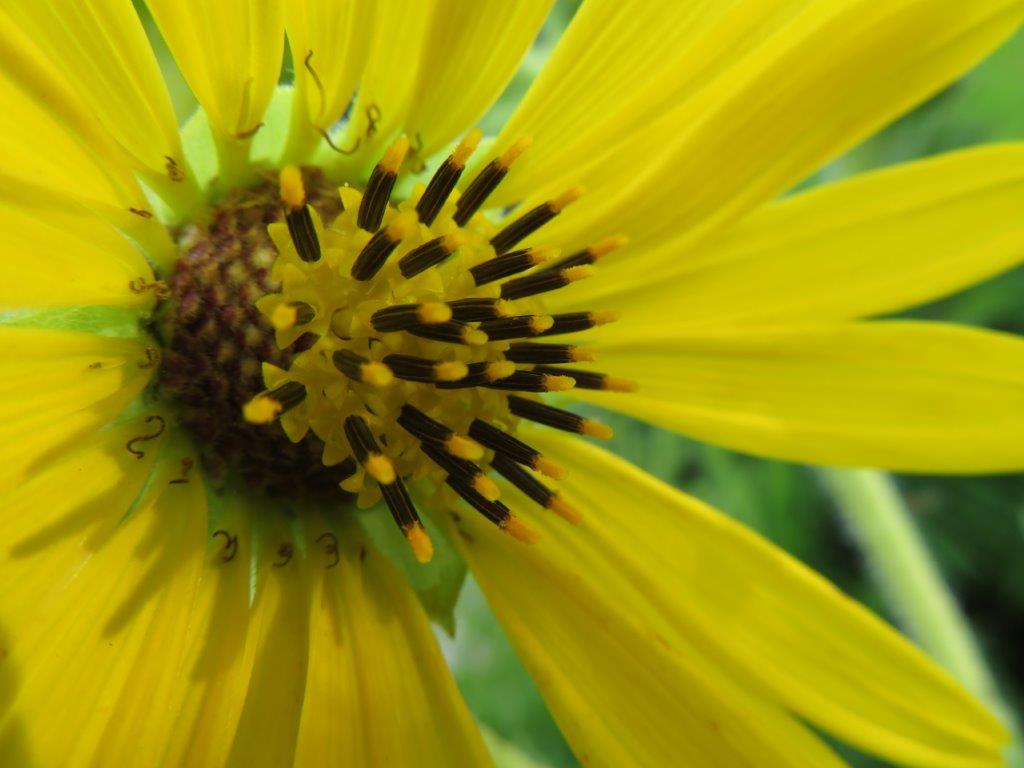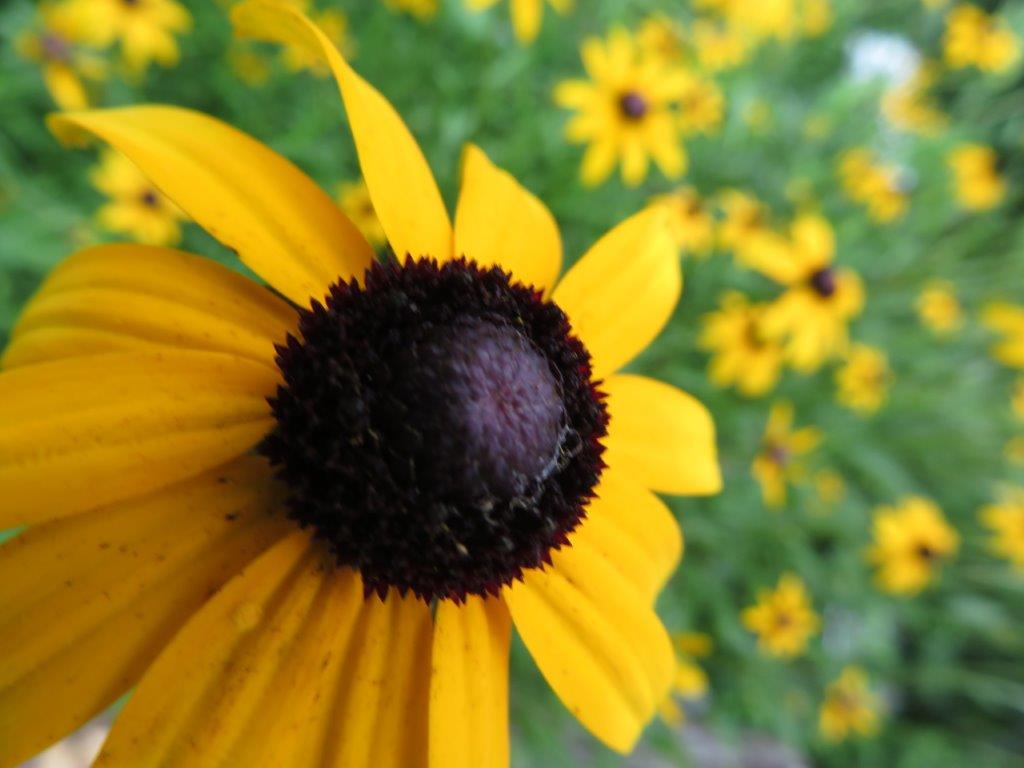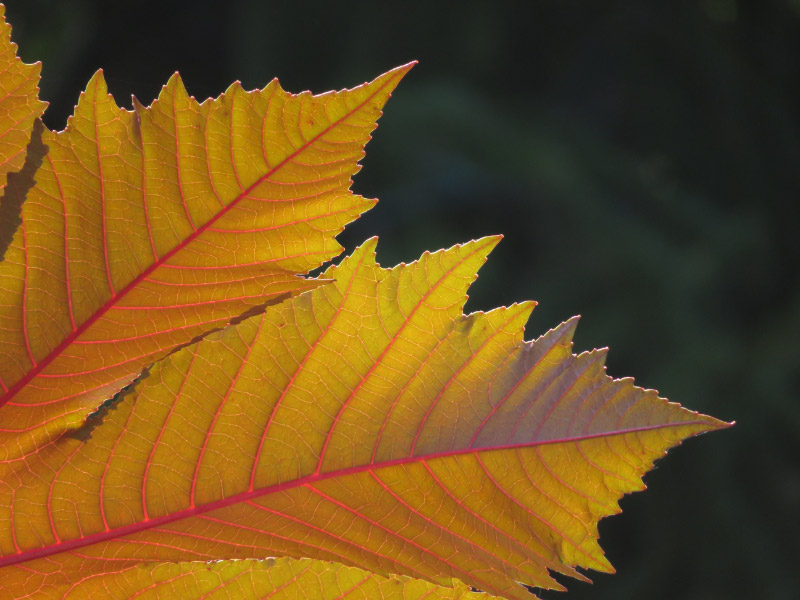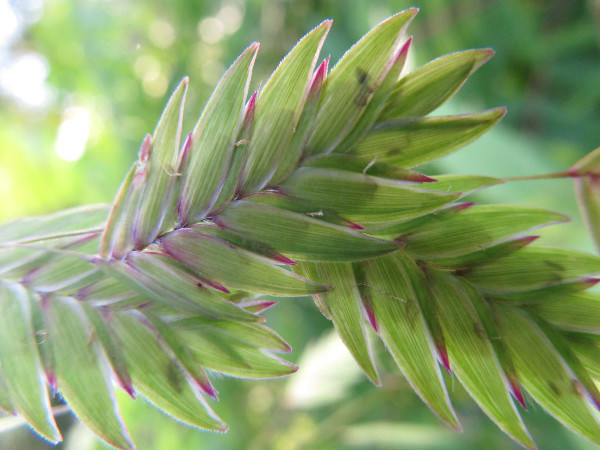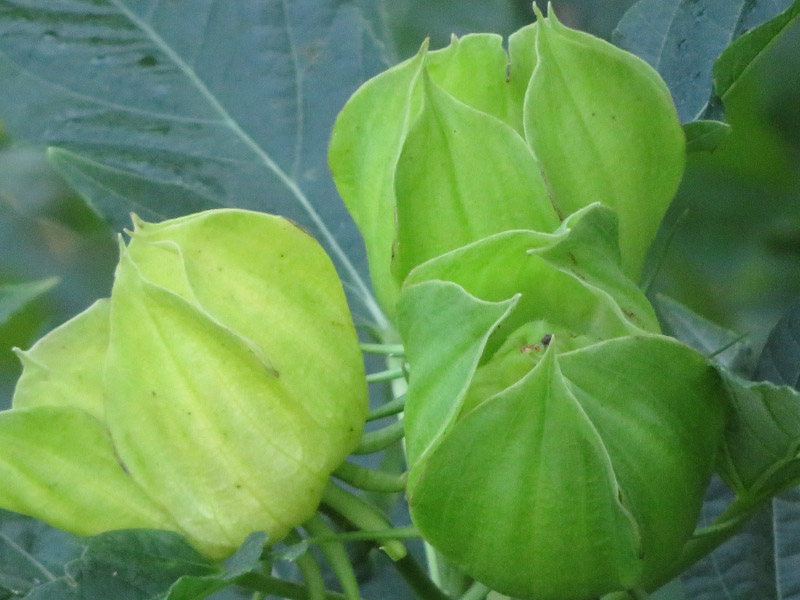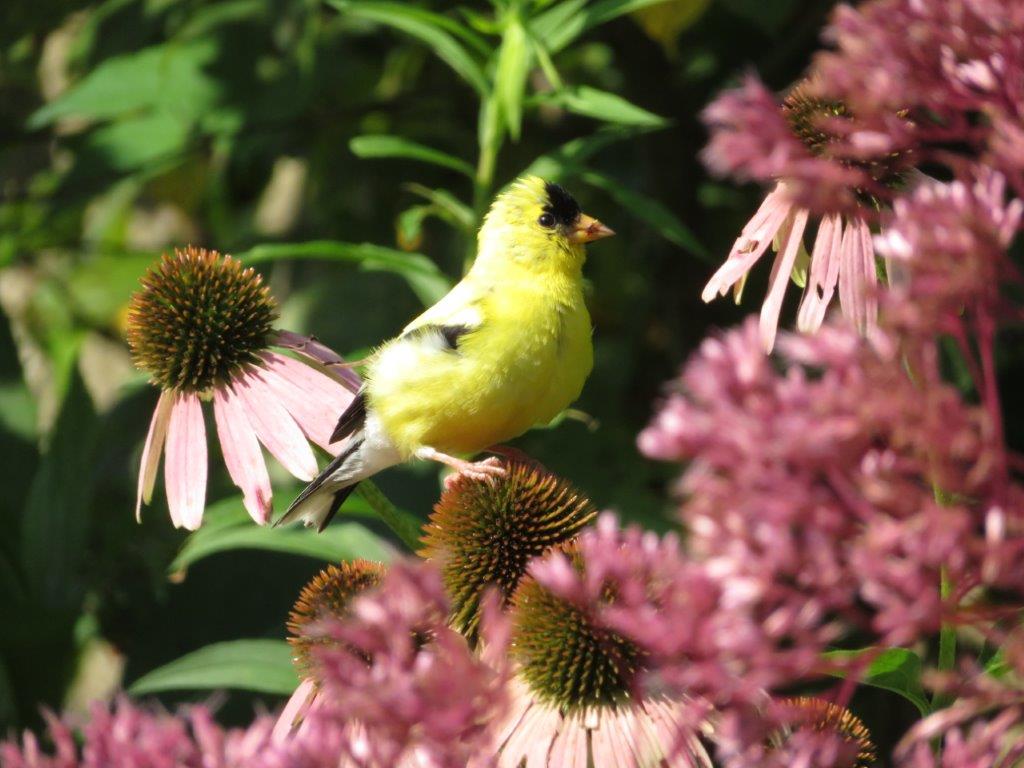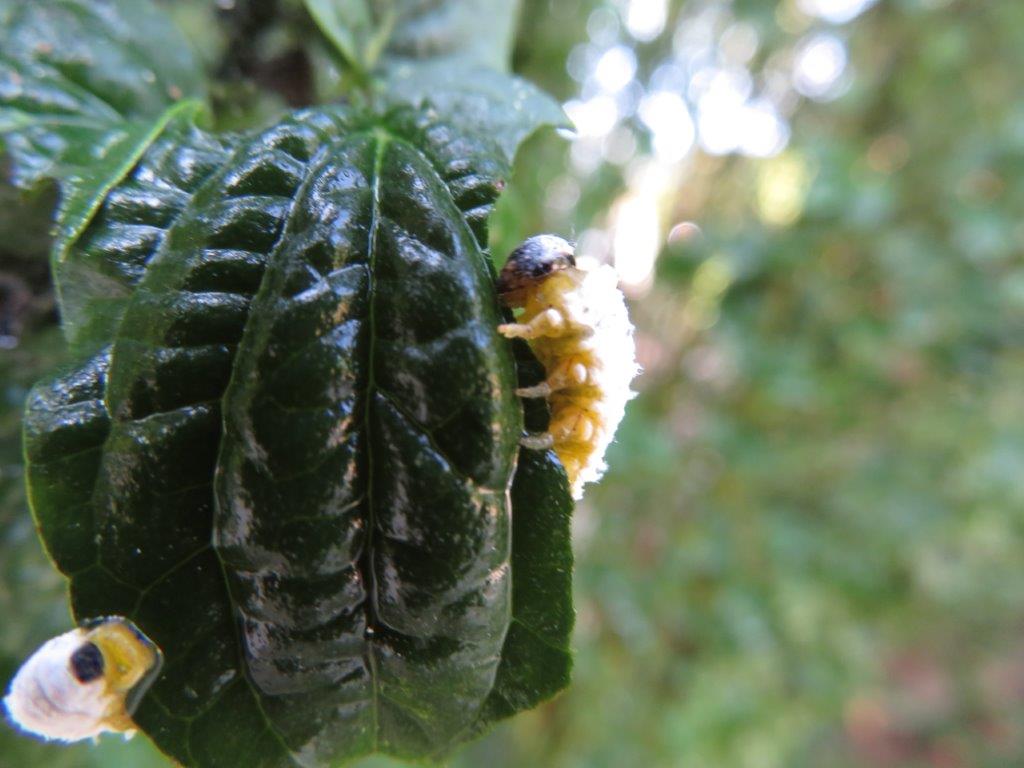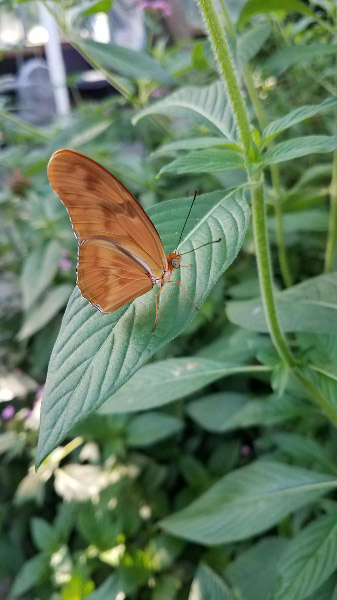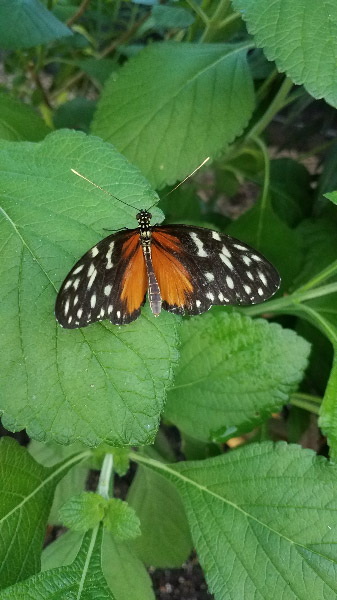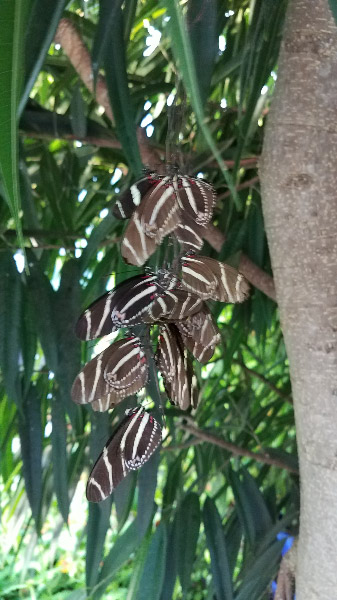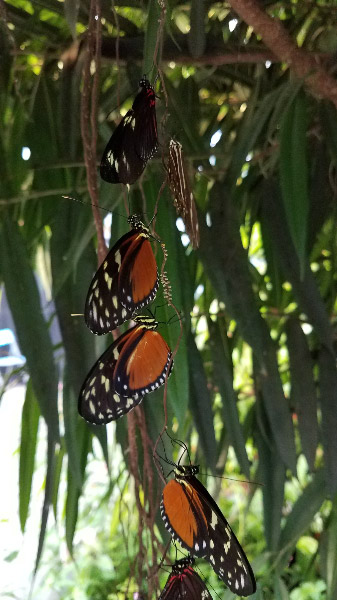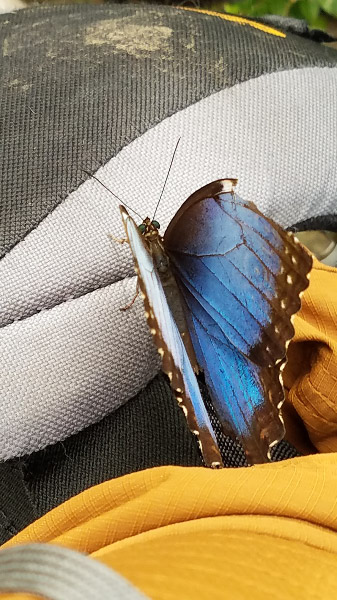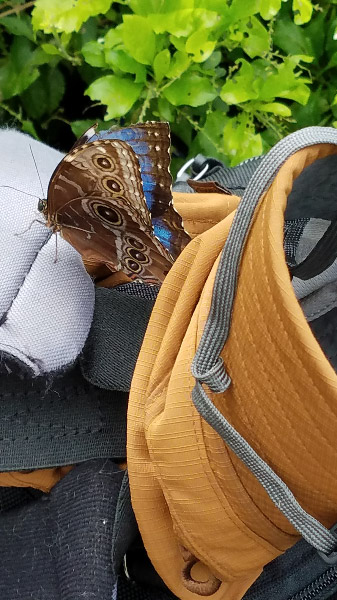Gleanings of the Week Ending September 28, 2019
/The items below were ‘the cream’ of the articles and websites I found this past week. Click on the light green text to look at the article.
Marriott Aims For 33% Reduction in Plastic Waste | CleanTechnica – Marriott will do this by 2020. They will do away with the tiny tubes of shampoo, conditioned and other toiletries, replacing then with larger bottles affixed to the walls. It’s a step in the right direction and we all need to be looking for these steps that are ‘easy.’ We also need vendors to do their part and transition away from plastic packaging. Remember that plastic is relatively recent; there are still people alive that remember a time without it! But we need new solutions rather than just going back to pre-plastic days….it will take focus and creativity…and a demand from all of us – to rid ourselves of the negative aspects of plastic.
Top 25 Wild Bird Photographs of the Week: Endemic Birds – National Geographic Society Newsroom – Beautiful birds.
Dam Removal Complete on Maryland's Patapasco River - News | Planetizen – Some close-to-home news. I had been tracking these dam removals over the past few years and hearing reports about preparation and results at the annual Maryland Water Monitoring Council conference.
Harmful Algal Blooms (Red Tide) – Information and maps about algal blooms. I looked at the Chesapeake Bay part of the site.
Ghost Crabs Use Teeth in Their Stomachs to Ward Off Predators | Smart News | Smithsonian – This article reminded me of the ghost crab we saw on Two Mile Beach near Cape May, New Jersey last May. We must have been far enough away to not be too threatening; the crab did not make any noise at all.
Drinking tea improves brain health, study suggests -- ScienceDaily – I like to drink tea…and it gets even better with studies like this. The opposite it true for soft drinks…even the diet ones. Those I need to reduce or stop drinking completely.
Can We Turn Down the Temperature on Urban Heat Islands? - Yale E360 – Work to gather more detailed information about the heat islands within cities. The extra details help clarify strategies of how to reduce them. Some of the ideas I had heard before…others – like varying building heights – I had not.
Topography could save sensitive saguaros as climate changes -- ScienceDaily – We haven’t been back to Tucson since my daughter finished her graduate work at University of Arizona; but I always browse articles about the place. This research was done at U of A…and I was glad that the iconic saguaros might adapt to climate change – at least on Tumamoc Hill.
A Field Guide to The Feral Parrots of the US – Cool Green Science – Wow – there are a lot more of them than I realized.
Neurotoxin lead sometimes added to turmeric for brighter color -- ScienceDaily – Very scary. Are we sure they don’t export the tainted turmeric?








